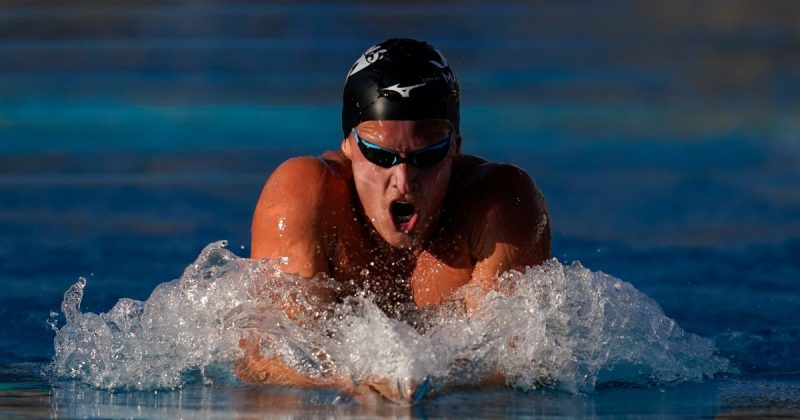
A federal judge’s approval of a $2.8 billion settlement marks a monumental shift in college sports, potentially changing the landscape forever. This landmark decision paves the way for colleges to begin paying their athletes millions, dismantling the long-standing amateur model that has defined the industry for over a century.
The settlement, stemming from a lawsuit filed by Arizona State swimmer Grant House, allows schools to share up to $20.5 million with athletes annually, beginning as early as next month. A further $2.7 billion will be distributed over the next decade to thousands of former players who were previously barred from revenue sharing. This seismic shift acknowledges the reality that athletes generate the billions in revenue that fuel the college sports machine, particularly in football and basketball.
The implications are far-reaching. The professionalization of college athletics will be evident in high-stakes recruiting battles for top talent, and will also be felt by athletes whose schools decide to scale back programs. The agreement will impact nearly every one of the NCAA’s 1,100 member schools and its nearly 500,000 athletes.
This ruling builds upon a 2014 decision by Judge Claudia Wilken, which dealt a blow to the NCAA’s amateurism ideal by allowing athletes to profit from their name, image, and likeness (NIL). While the NCAA cleared the way for NIL payments four years ago, this settlement represents an even more significant change. The approval, initially granted last October, faced a brief delay due to concerns over roster limits that led to some walk-on athletes losing their positions. However, a solution was found to allow affected athletes to return to their teams or transfer without penalty.
While this settlement brings significant change, challenges remain. The agreement shifts considerable oversight from the NCAA to the four largest conferences (ACC, Big Ten, Big 12, and SEC), which now hold significant power in decision-making, especially regarding the lucrative College Football Playoff. The varying state laws surrounding NIL deals also pose a potential threat to future legal battles.
The winners in this scenario are likely to be the star athletes at major universities who will receive substantial NIL deals. However, some walk-on and partial scholarship athletes might be considered losers, having lost their positions due to roster limits. The future of Olympic sports, which serve as a vital pipeline for the U.S. Olympic team, also remains uncertain under this new model. Despite these uncertainties, the settlement’s proponents argue it successfully delivers on its promise to provide greater financial compensation to the athletes who drive the popularity and profitability of college sports.
The settlement, while groundbreaking, does not eliminate the potential for future litigation. The inconsistencies in state NIL regulations and the lack of federal legislation to create a unified rulebook leave the door open for further legal challenges. NCAA President Charlie Baker has advocated for federal legislation to provide a consistent framework and antitrust protection, aiming to prevent future disruptions to the system. The future of college sports is undeniably transformed, but the full impact of this sweeping change remains to be seen.










